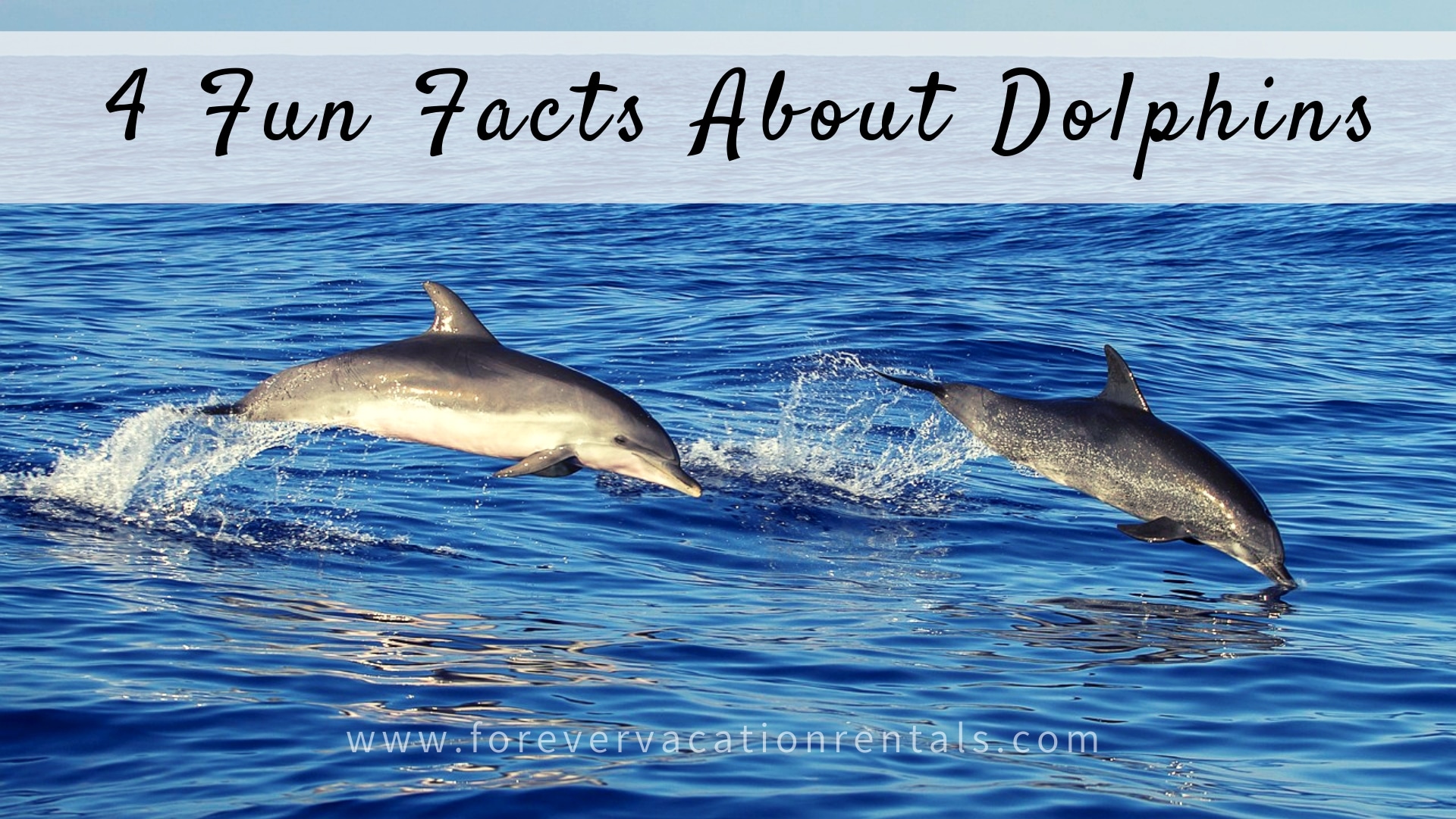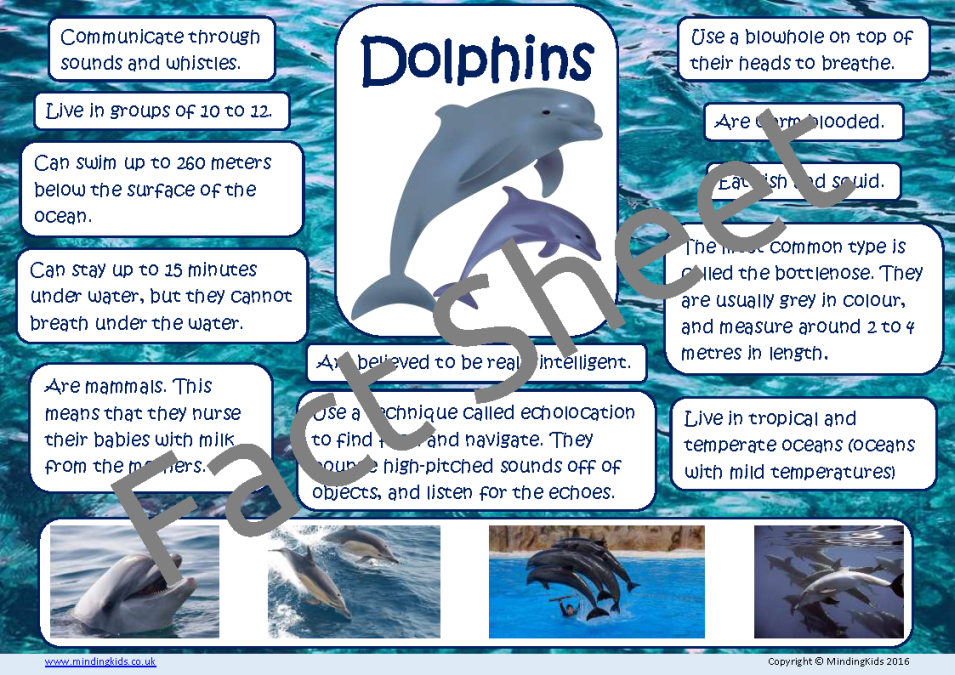Discover Just How Dolphin Facts Program Their Solid Bond with Human Beings
Wiki Article
Study the Ocean: Captivating Dolphin Realities for Ocean Lovers
The world of dolphins offers a fascinating intersection of knowledge, social behavior, and eco-friendly significance. From their intricate communication methods to their impressive analytical capacities, dolphins challenge our understanding of pet intelligence.Dolphin Species Diversity
Variety is a characteristic of the dolphin family members, encompassing a variety of types that show distinctive physical characteristics, actions, and habitats. The family members Delphinidae, generally called oceanic dolphins, consists of around 37 species, each adjusted to certain environmental niches. The bottlenose dolphin (Tursiops truncatus) is renowned for its intelligence and versatility, thriving in both open and coastal sea settings.In comparison, the whale (Orcinus whale), frequently described as the killer whale, is the largest member of the dolphin household and is identified by its striking black-and-white pigmentation. Orcas demonstrate complex social structures and hunting methods, showcasing the behavioral diversity within the family. Various other types, such as the rewriter dolphin (Stenella longirostris), are noted for their acrobatic screens and choice for warmer waters, highlighting the versatility of dolphins to numerous marine ecosystems.
In addition, river dolphins, including the pink river dolphin (Inia geoffrensis), inhabit freshwater atmospheres, additionally highlighting the varied habitats that dolphins occupy. Dolphin Facts. This amazing diversity not only enhances aquatic communities however likewise stresses the significance of conservation initiatives to safeguard these impressive animals and their settings
Social Actions and Interaction
The complex social habits and interaction techniques of dolphins are important components of their presence, promoting group communication and boosting survival. These highly intelligent marine animals show complex social structures, typically forming skins that can range from a couple of people to over a hundred. Within these groups, dolphins take part in habits such as cooperative searching, social play, and mutual security, which cultivate strong bonds amongst members.Dolphins use an advanced variety of vocalizations, consisting of clicks, whistles, and body movement, to share details and reveal feelings. Their trademark whistles function as distinct identifiers, akin to names, allowing individuals to call out to each other. This singing interaction is complemented by non-verbal signals, such as leaping, slapping the water, and integrated swimming, which even more boosts their interactions.

Special Feeding Routines
Special feeding routines define dolphins, showcasing their versatility and intelligence in various marine settings. These aquatic creatures are recognized for their varied diet plans, which mainly consist of fish, squid, and shellfishes. Their searching methods can vary substantially, commonly tailored to the specific target and ecological problems.One remarkable method is participating searching, where dolphins function in teams to herd schools of fish into limited formations, making it easier for people to capture their meal. This social behavior not just improves their feeding efficiency yet likewise enhances social bonds within the sheathing. In addition, dolphins have actually been observed utilizing a strategy called "fish-whacking," where they use their tails to disorient or stun fish, facilitating simpler capture.
Another remarkable feeding practice is echolocation, which enables dolphins to discover target also in dirty waters. Overall, the one-of-a-kind feeding habits of dolphins highlight their role as skilled predators within the marine community, demonstrating both intelligence and resourcefulness.
Intelligence and Issue Fixing
Their knowledge is noticeable in their analytical skills, social interactions, and capacity for understanding. Research study has actually helpful site shown that dolphins can make use of tools, such as making use of marine sponges to protect their rostrums while foraging on the seafloor.Moreover, dolphins exhibit advanced communication skills, employing a complex system of clicks, whistles, and body movement. Dolphin Facts. This interaction is vital for working with team activities, such as searching and socializing, showing their capacity to work collectively in the direction of an usual goal. Their capability to comprehend abstract ideas, consisting of self-recognition in mirrors, additionally highlights their cognitive elegance
In controlled studies, dolphins have revealed an ability to resolve challenges and carry out jobs that require both memory and critical reasoning. These interactions show not just intelligence yet additionally a desire to involve with their setting in unique means. In general, the cognitive prowess of dolphins puts them amongst the most smart species Look At This on earth, promoting a much deeper appreciation for their role in aquatic communities.
Conservation and Environmental Impact
Preservation initiatives intended at protecting aquatic environments are crucial for protecting dolphin populaces and their habitats. Dolphins are extremely conscious environmental modifications, and their survival is delicately connected to the health and wellness of nautical communities. Overfishing, pollution, and environment change position considerable threats to both dolphins and their settings.Overfishing interferes with the food chain, leading to a decline in prey varieties essential for dolphin survival. Contaminants such as chemicals and plastics build up in marine environments, jeopardizing dolphins through consumption and bioaccumulation. Raised water temperature levels and ocean acidification, effects of climate adjustment, even more threaten the fragile balance of aquatic ecological communities, affecting dolphin reproduction and migratory patterns.
By focusing on preservation initiatives, we can guarantee that future generations appreciate the elegance and vigor of dolphins and the oceans they live in. Safeguarding aquatic ecological communities is not just about saving dolphins; it is regarding preserving the elaborate internet of life that sustains us all.
Conclusion
Dolphins exhibit the intricacy and splendor of marine life via their diverse varieties, intricate social frameworks, and advanced cognitive abilities. Their distinct feeding habits and communication approaches even more illustrate their flexibility and intelligence. As crucial parts of marine ecosystems, dolphins emphasize the requirement of recurring conservation efforts to safeguard their habitats. Securing these remarkable animals is important not only for their survival yet likewise for maintaining the health and wellness and equilibrium of sea atmospheres internationally.Various other species, such as the rewriter dolphin (Stenella longirostris), are kept in mind for their acrobatic displays look at here and preference for warmer waters, highlighting the flexibility of dolphins to numerous marine ecological communities.
Generally, the special feeding habits of dolphins highlight their function as proficient predators within the aquatic environment, showing both knowledge and ingenuity.
Overall, the cognitive prowess of dolphins places them among the most intelligent species on the world, promoting a deeper recognition for their role in marine communities.

Report this wiki page